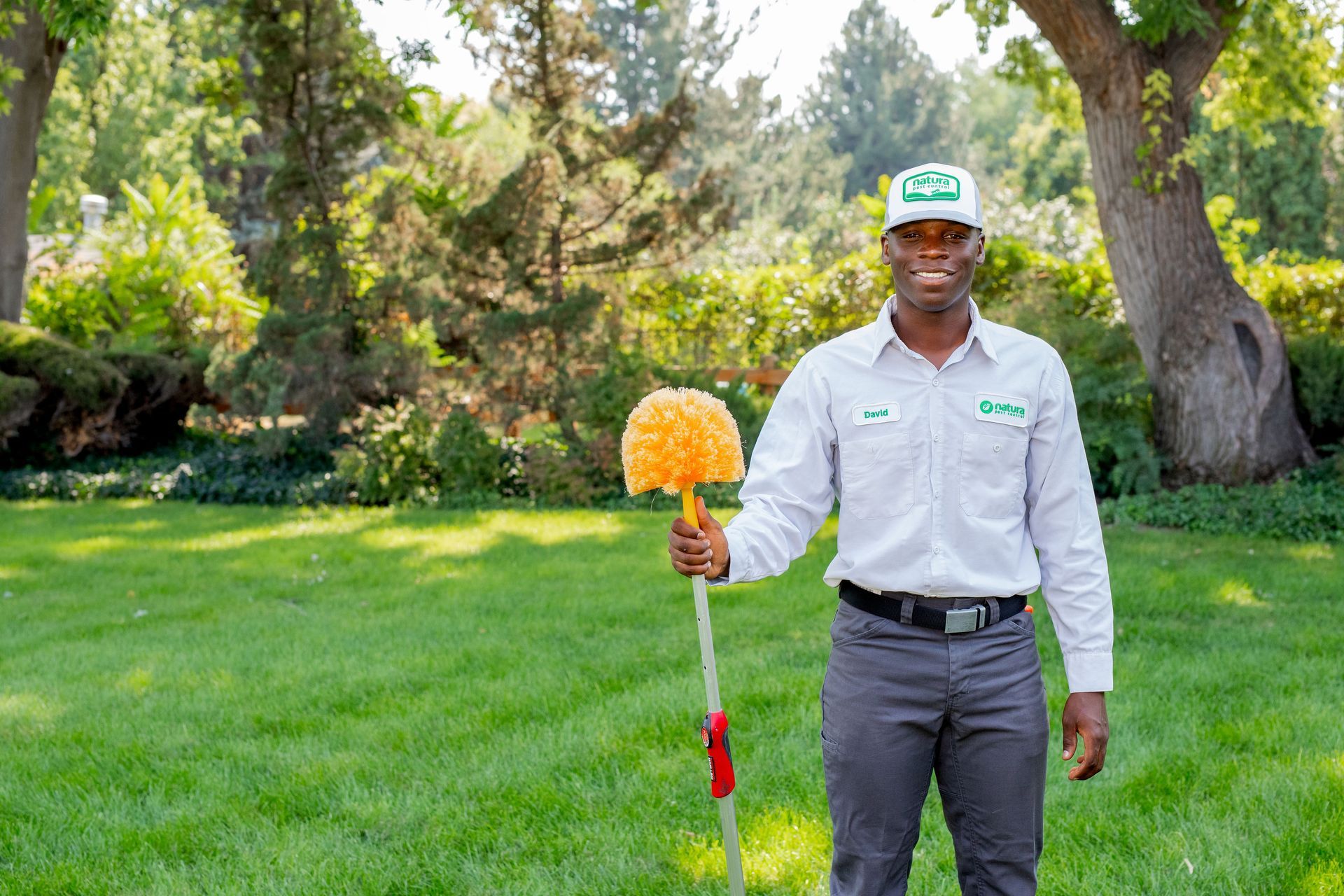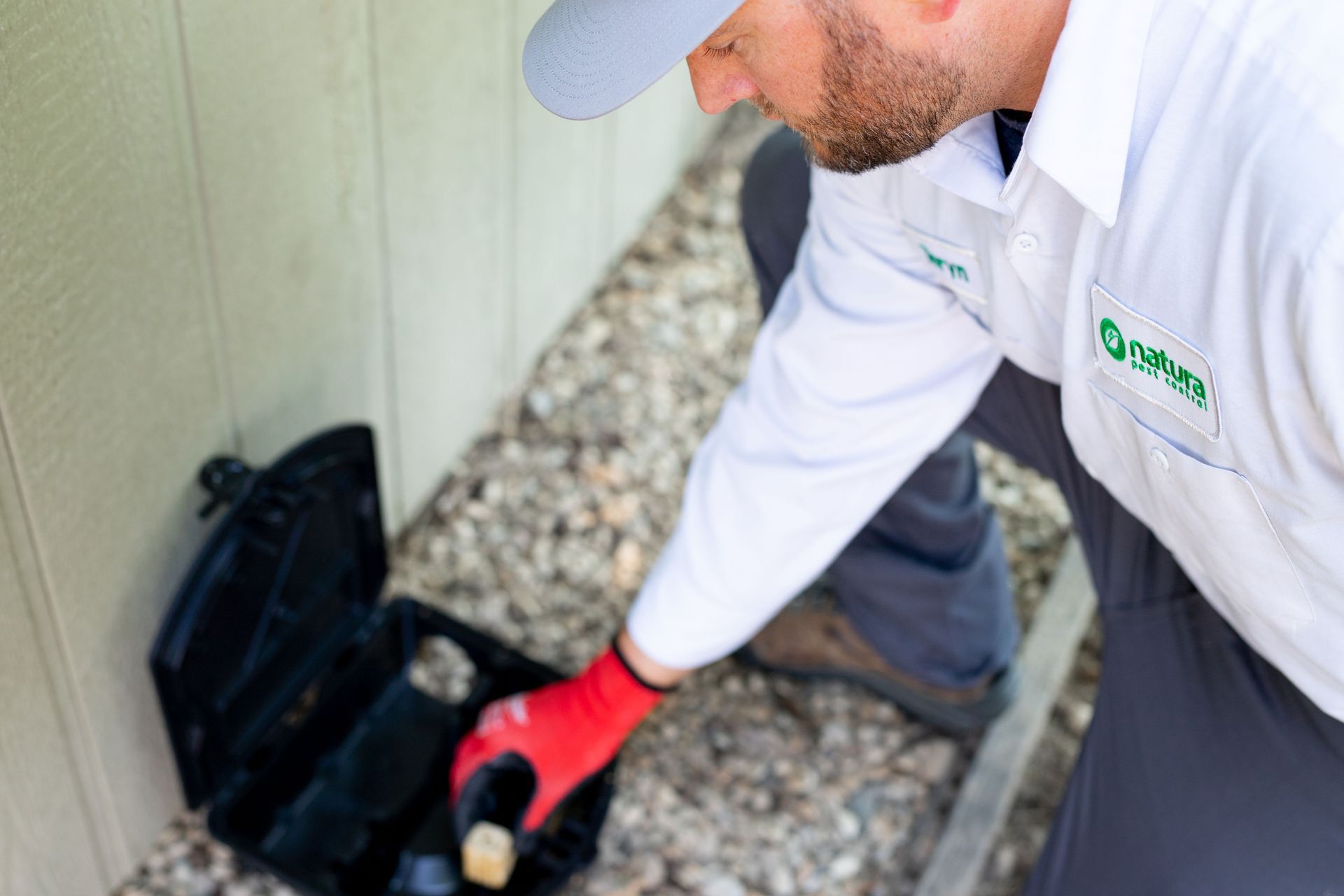Eco-Safe Pest Control: Seal and Safeguard Your Home
Pests in homes are a common problem faced by many, but finding a method to combat them that's safe for both the environment and those living inside can be challenging. One effective strategy is focusing on prevention—sealing off potential entry points and creating a barrier against these unwelcome guests. This approach not only limits the use of chemicals but also promotes a healthier living space.
Understanding the Pest Appeal: Why Pests Choose Your Home
Homeowners often ponder what makes their dwelling so attractive to unwanted guests. In essence, pests are seeking the same basic necessities as humans: food, water, and shelter. A home can inadvertently become a sanctuary for pests, providing ample resources for survival and reproduction. Let's look into the nuances of these attractions and how they might unwittingly invite pests into your space.
Factors Attracting Pests: Food, Water, and Shelter
It's important to understand that even the smallest crumbs or a dripping faucet can be a beacon for pests. Leftovers, uncovered food, pet food dishes, and even unsealed pantry goods can provide a feast for insects and rodents alike. In terms of water, a leaky pipe or stagnant water in plant saucers creates ideal breeding grounds for various pests. And with shelter, cluttered spaces and undisturbed areas in homes, such as attics or basements, offer the perfect hideout.
Recognizing Common Structural Vulnerabilities
Homes develop wear and tear over time, which can result in cracks in the foundation, gaps around windows or doors, and openings around utility lines. These seemingly minor imperfections can be the very pathways pests utilize to invade your living space. Regular maintenance and vigilant observation of your home's structural integrity are key in thwarting unwanted invaders.
Identifying Signs of Pest Infestation Early
Early detection of pests can save a great deal of hassle and potential damage. There are some telltale signs to watch out for, such as droppings, nesting materials, unusual sounds within walls, and sightings of the pests themselves. Damage to fabric, wood, or food packets can also indicate the presence of pests. Recognizing these early signs of infestation allows for timely intervention, preventing the situation from escalating.
Ultimately, by grasping the fundamentals of what makes your home appealing to pests, you can be proactive rather than reactive. Regular surveys for food sources, potential water leaks, and structural frailties are essential steps in pest-proofing your home. Remember, an ounce of prevention is worth a pound of cure, especially when it comes to ensuring your residence remains a sanctuary for your family and not a haven for pests.
Inspection and Sealing: The First Line of Defense Against Pests
Deterring pests from encroaching upon your domicile starts with a meticulous inspection. Every homeowner should know how to scrutinize their abode, ensuring that any vulnerabilities where pests might gain entry are fortified. Here's how to conduct a sweeping home inspection and take measures to secure your space.
How to Conduct a Thorough Home Inspection
A comprehensive examination of your home should be methodical. Begin with the foundation, checking for fissures or openings that could allow pest entrance. Progress to windows and doors, ensuring they close securely. Check screens for tears and weather stripping for deterioration. Inspect the roof for loose shingles or holes and don't overlook spaces where utilities enter the home, as these can provide unintentional access points for small creatures.
Identifying and Sealing Entry Points: Doors, Windows, Vents, and Pipes
Once potential entry points are identified, the next step is to seal them up. Apply caulk to cracks in the structure and employ expandable foam or copper mesh for larger gaps. Assess door sweeps and repair or replace them as needed to prevent access from under doorways. Examine vents and chimneys, outfitting them with appropriate hardware cloth or screens to prevent intrusions without impeding airflow.
Selecting the Right Materials for Sealing Gaps to Maintain Eco-Friendliness
Being environmentally conscious doesn’t mean compromising your home’s defenses against pests. Opt for sealants and other materials that are non-toxic and safe for the environment. Silicone-based caulks, for example, are durable and less harmful than their synthetic rubber counterparts. Environmentally-friendly expanding foams can fill larger voids without releasing detrimental chemicals.
For those requiring further guidance on proper sealing methods and materials, the Environmental Protection Agency (EPA) offers valuable resources. Explore the EPA website to find
information on sealing cracks and gaps around your home in an eco-friendly manner, ensuring both protection against pests and the safeguarding of our planet.
Inspection and sealing are integral components in crafting a pest-free environment. By attentively checking for entry points and utilizing safe materials to seal them, you safeguard not just your sanctuary, but the environment as well. With these measures in place, your home can stand as a bulwark against pest invasion, aligning with a dedication to sustainability and the well-being of your loved ones.
Family-Safe Materials for Home Improvement
Ensuring your home is pest-proof involves more than diligent inspections and sealing cracks—it also means selecting construction materials that pose no harm to your family. The quest for non-toxic solutions is paramount when choosing products like sealants and insulation, which often contain chemicals that can be harmful if ingested or inhaled. Fortunately, there's an increasing number of eco-friendly products on the market. For instance, low-VOC caulks minimize the emission of volatile organic compounds, better for both your family's health and the environment.
These products not only offer a safer alternative for pest-proofing but also contribute to better indoor air quality and a smaller ecological footprint. Eco-friendly building materials can deter pests naturally, without the need for hazardous chemicals. For instance, borate-treated insulation acts as a deterrent to insects such as termites and ants. By integrating these materials into your home improvement efforts, you can create a safer, more sustainable environment.
For more in-depth information on the effectiveness of these materials and suggestions for use, websites such as GreenGuard provide insights and certifications to identify what products meet rigorous environmental health standards.
Daily Practices to Reduce Pest Attraction
Beyond the physical barriers you erect, your day-to-day habits play a crucial role in keeping pests at bay. Proper food storage in tightly sealed containers will prevent odors and residues from luring pests. Waste management is equally vital—ensuring that trash is contained and disposed of regularly eliminates potential food sources.
Regular cleaning schedules help disrupt the lifecycles of pests like ants and roaches, who thrive in environments where crumbs and spills are commonplace. Don't neglect to clean under appliances and inside cabinets where scraps of food can accumulate unnoticed.
Landscaping can also influence pest behavior. Overgrown vegetation or debris near your home can provide refuge for pests looking to infiltrate your space. Maintain your yard, trim back any plants touching your house, and manage standing water to curb the likelihood of pest invasions.
Educating the Household: Team Effort in Pest-Proofing
Effective pest-proofing is a team effort, and educating everyone in your household is vital. Discuss the importance of sealing food, taking out the garbage, and reducing clutter so children and adults alike can contribute to the effort. Creating a pest-proofing checklist can help ensure that regular inspections and maintenance don't fall by the wayside.
Implementing a family-friendly pest-proofing strategy not only helps to secure your home but also fosters responsibility and teamwork. Instilling these values and practices ensures a united front against pest infiltrations.
Ultimately, safeguarding your home involves a combination of structural reinforcements, eco-conscious material choices, and everyday habits. By following these guidelines, you create a pest-resistant environment that aligns with safety and sustainability, making your home the haven your family deserves.
When pest-proofing measures at home aren't quite enough, it's time to call in the professionals. Natura Pest Control provides personalized, family, and eco-friendly pest management solutions to keep your home safe and pest-free.



Call or chat with us today!
Reno, Nevada 89511
(775) 325-5615
Sparks
1855 Sullivan Ln
Suite 210
Sparks, NV 89431
(775) 325-5615

